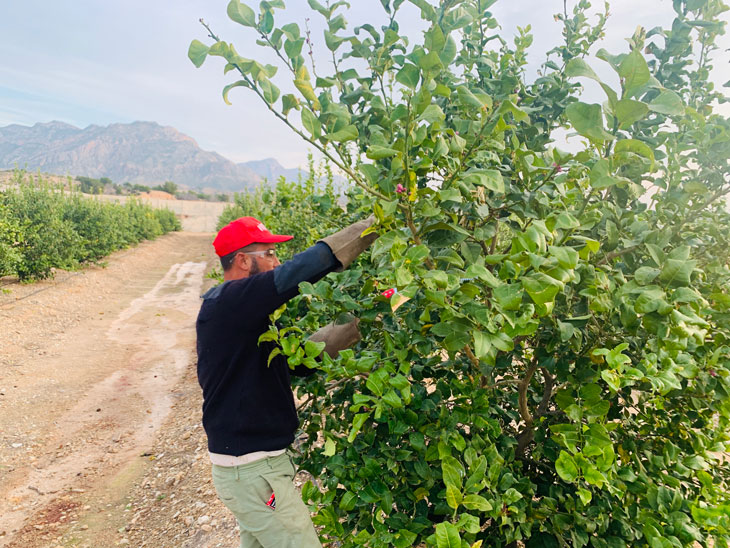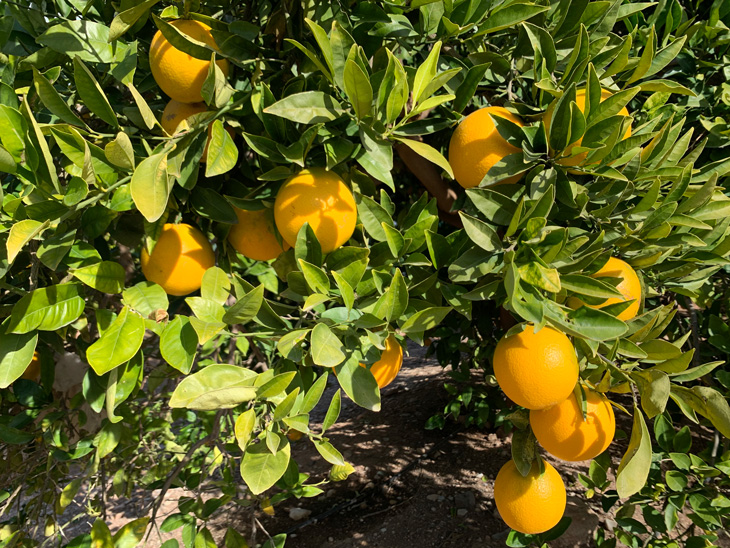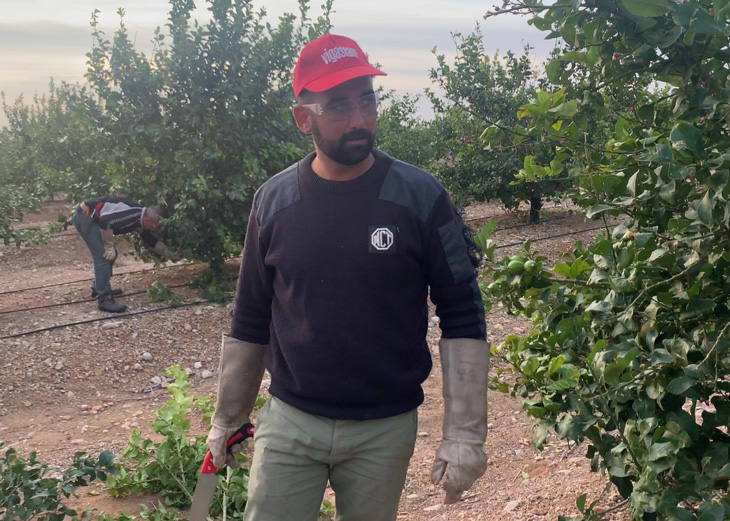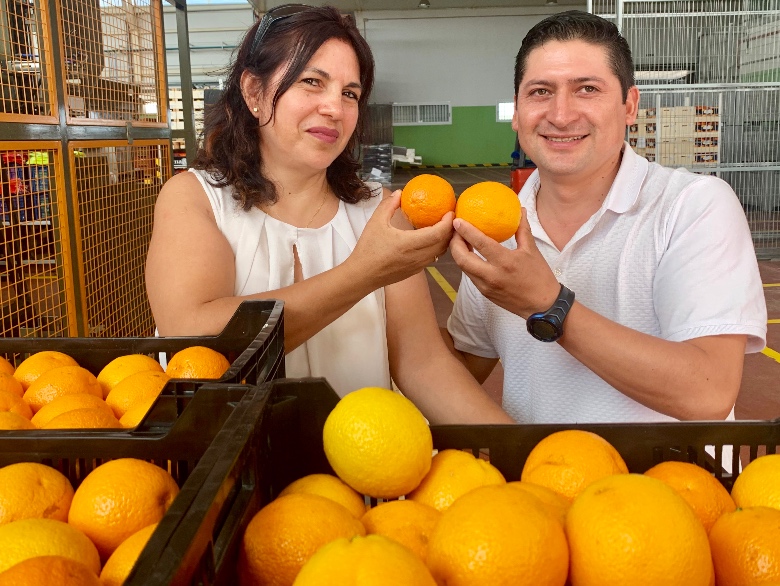
The importance of pruning in the quality of citrus trees
Pruning is one of the most important cultural practices to be carried out during the citrus fruit crop cycle due to its impact on the production volume and the quality of the fruit, since pruning is directly related to the balance between the vegetative and reproductive development of the tree.
As in the rest of the operations carried out in our farms, in GAMBÍN we pay special attention and resources to this activity, with which we achieve the following fundamental objectives:
- Control of the development and shape of the tree.
- Increase in fruit quality.
- Control of the vecería (alternation of very productive harvests with scarce ones).
- Decrease in cultivation costs.
This is not an arbitrary work, but it responds to strict criteria obtained through the study and observation carried out by our technical and farm management department, for which the pruning season, frequency or intensity are taken into account.
Moreover, depending on the purpose and effect pursued by pruning, it can be distinguished between:
- Shaping: during the first years of planting.
- Fructification: facilitating nutrition and illumination.
- Rejuvenation: in adult trees, eliminating an important part of the foliage density.
- Cleaning: carried out mainly for phytosanitary purposes.
There are two specific times for pruning. The first one is during the winter, taking advantage of the greater dryness of the tree, which is in dormancy. The other is during the spring, when the tree is green and in full vegetative growth.







